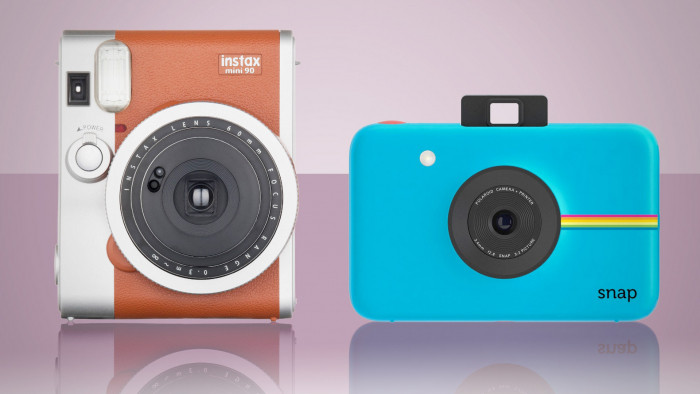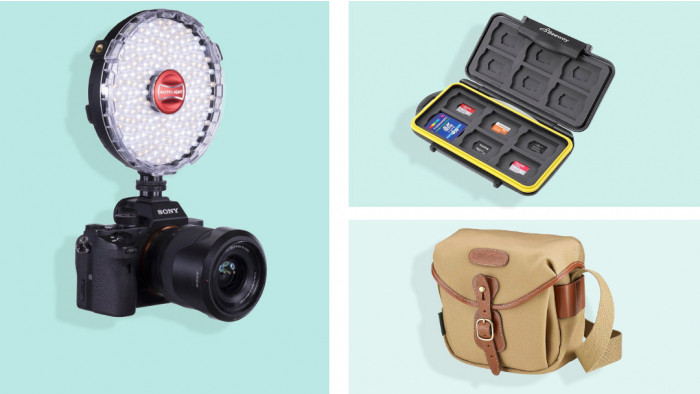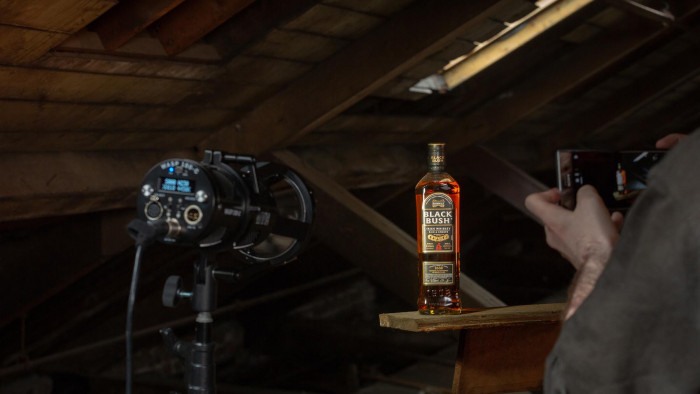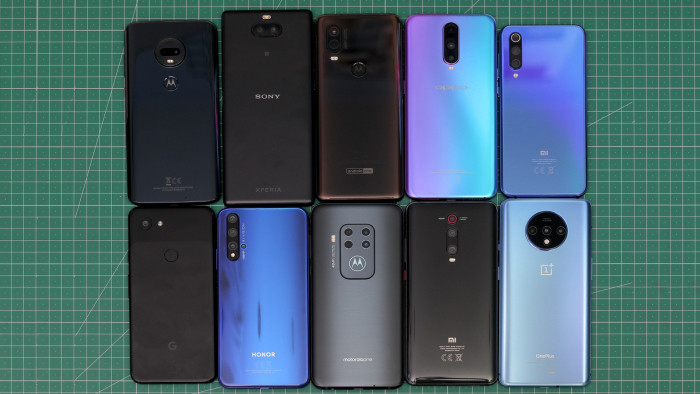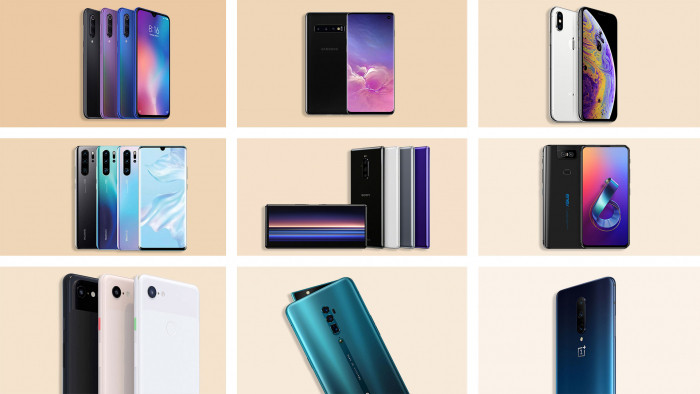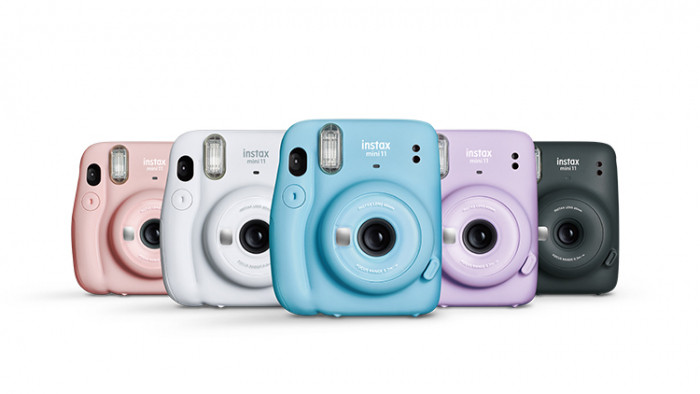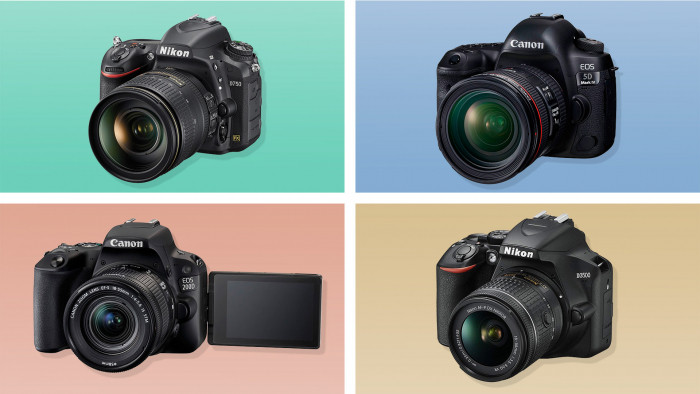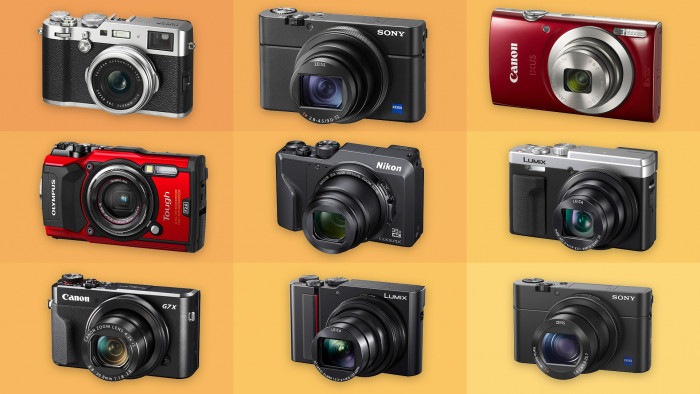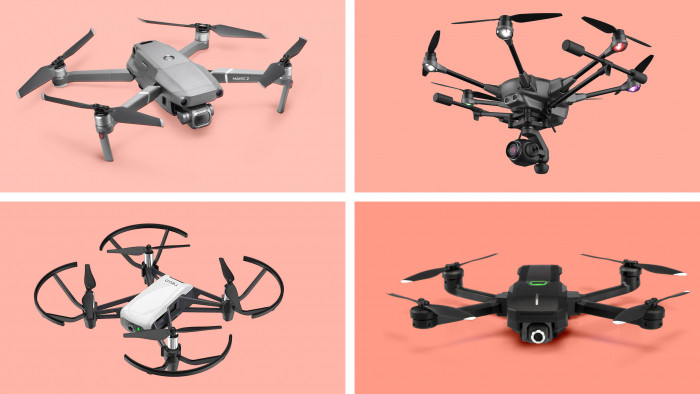Science is truly awesome and these pictures are here to prove it
Check out the finalists for the 2017 Wellcome Image Awards


We know that there are millions of tiny things happening in human and animal anatomy every second that are wondrous feats of nature, but they are invisible to the naked eye.
Thankfully, the Wellcome Image Awards have rolled back around to blow our minds with the most incredible images from the science world over the last year. Using cutting edge artistic and scientific techniques, this year’s winners include a close up of an AI contact lens, a bioluminescent Hawaiian bobtail squid and a 3D reconstruction of white matter language pathways of the brain. So a bit more impressive than that last selfie you took.
Get lost in the amazing images below:
Intraocular lens ‘iris clip’

“This image shows how an ‘iris clip’, also known as an artificial intraocular lens (IOL), is fitted onto the eye. An iris clip is a small, thin lens made from silicone or acrylic material, and has plastic side supports, called haptics, to hold it in place. An iris clip is fixed to the iris through a 3 mm surgical incision, and is used to treat conditions such as myopia (nearsightedness) and cataracts (cloudiness of the lens). This particular patient, a 70-year-old man, regained almost full vision following his surgery.”
Cat skin and blood supply

“A polarised light micrograph of a section of cat skin, showing hairs, whiskers and their blood supply. This sample is from a Victorian microscope slide. This sample is from a Victorian microscope slide. Blood vessels were injected with a red dye called carmine dye (here appearing black) in order to visualise the capillaries in the tissue, a newly developed technique at the time.ck) are all visible... Here, fine hairs (yellow), thicker whisker (yellow) and blood vessels (black) are all visible.”
Pigeon thermoregulation

“BriteVu, a novel contrast agent allows researchers to see the entire network of blood vessels in an animal, down to the capillary level. Images are taken from computed tomography scans. The intricate network of blood vessels in this pigeon’s neck is just visible at the bottom of the picture. This extensive blood supply just below the skin helps the pigeon control its body temperature through a process known as thermoregulation.”
Language pathways of the brain

“The brain is composed of two types of matter. Grey matter contains cells, and is responsible for processing information. White matter connects these areas of grey matter, allowing information to be transferred between distant areas of the brain. Areas responsible for speech and language have been mapped to two different brain regions. This image shows a 3D-printed reconstruction of the white matter pathway connecting these two areas (here shown from the left) which is called the arcuate fasciculus.”
Hawaiian bobtail squid

“Native to the Pacific Ocean, Hawaiian bobtail squid [measuring just 1.5cm wide] are nocturnal predators that remain buried under the sand during the day and come out to hunt for shrimp near coral reefs at night. The squid have a light organ on their underside that houses a colony of glowing bacteria called Vibrio fischeri. The squid provide food and shelter for these bacteria in return for their bioluminescence.”
Surface of a mouse retina

“The retina, located at the back of the eye, contains light-sensitive cells responsible for converting light into electrical nerve signals that the brain can process. As a result of ageing or injury the retina can lose this function, causing vision loss. This image was created by digitally stitching together over 400 images to form one large image, so as to show the entire surface of a mouse retina.”
Developing spinal cord

“The spinal cord is formed from a structure called the neural tube, which develops during the first month of pregnancy. This series of three images shows the open end of a mouse’s neural tube, with each image highlighting (in blue) one of the three main embryonic tissue types. On the left is the neural tube itself, which develops into the brain, spine and nerves. On the right is the surface ectoderm – the word ‘ectoderm’ comes from the Greek ektos meaning ‘outside’ and derma meaning skin – which will eventually form the skin, teeth and hair. The middle image shows the mesoderm (also from Greek, meaning ‘middle skin’), which will form the organs.”
Blood vessels of the African grey parrot

“This image shows a 3D reconstruction of an African grey parrot, post euthanasia. The 3D model details the highly intricate system of blood vessels in the head and neck of the bird and was made possible through the use of a new research contrast agent called BriteVu (invented by Scott Echols). This contrast agent allows researchers to study a subject’s vascular system in incredible detail, right down to the capillary level.”
Unravelled DNA in a human lung cell

“This picture shows the nucleus of one of two new daughter cells. The DNA in this cell has somehow become caught, and is being pulled between the two cells. This has caused the DNA to unfold inside the nucleus, and DNA fibres can be seen running through it. As the new cells have moved apart, the tension distributed by the rope-like DNA has deformed the nucleus’s usually circular envelope.”
Vessels of a healthy mini-pig eye

“A 3D model of a healthy mini-pig eye. The dent on the right-hand side of the image is the pupil, the opening that allows light into the eye. The blood vessels shown are bringing energy and food to the muscles surrounding the iris, which controls the amount of light entering the eye. The smallest vessels seen here are 20–30 micrometres (0.02–0.03 mm) in diameter. The other large vessels are feeder vessels for the retina, the light-sensing region at the back of the eye.”
